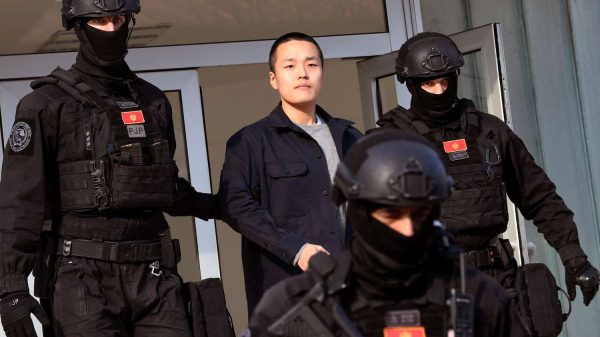Introduction
Sam Bankman-Fried, the “King of Crypto”, founder and former CEO of FTX, has been found guilty on multiple counts following a trial that spanned a month. The verdict brings closure to a tumultuous chapter that saw the collapse of FTX, once valued at $32 billion.
Charges and Verdict
The jury found Bankman-Fried guilty on seven counts, including fraud and money laundering. The key accusation revolved around the misuse of FTX customer funds, diverting them to his cryptocurrency hedge fund and using them for personal expenses and political contributions.
Details of the Charges
- Two counts of wire fraud conspiracy
- Two counts of wire fraud
- One count of conspiracy to commit money laundering
- One charge of conspiracy to commit commodities fraud
- One count of conspiracy to commit securities fraud
Jail Time Conviction
Each felony carries a maximum prison sentence of either 20 years or 5 years. Bankman-Fried’s sentencing will take place in March next year. In addition to the existing charges, he faces a separate trial on foreign bribery allegations.
Trial and Testimonies
During the trial, Bankman-Fried took the stand and faced testimonies from former close aides. Testimonies revealed that he allegedly funneled FTX customer funds to his hedge fund, leading to substantial losses that were ultimately unsustainable.
FTX’s Bankruptcy and Refunds
Following the collapse of FTX, a plan has been announced to refund customers with recovered funds. However, the exchange faces a significant shortfall, highlighting the financial impact of the mismanagement by Bankman-Fried and the subsequent collapse under new management.
Management by John J. Ray III
John J. Ray III, a bankruptcy expert overseeing FTX’s restructuring, commented on the severe nature of the collapse, citing a “complete failure of corporate controls.” The recovery efforts aim to allocate 90% of distributable funds to former customers, addressing the losses incurred.


































